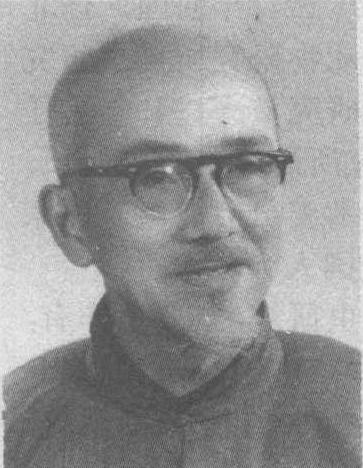周尧1912~
中国昆虫分类学家。1912年6月8日生于浙江省鄞县。1936年毕业于江苏南通农学院,同年9月至1938年5月在意大利那不勒斯大学博士研究生班学习并兼任助教,回国后担任中英庚款管理委员会川康科学考察团专家。1939年9月任西北农学院(1985年改称西北农业大学)教授至今,历任植物保护系主任和昆虫学教研组主任(1951年9月至1958年7月)、昆虫分类及生态研究室主任,兼任西北医学院(1947~1948年)、西北大学(1948~1950年)教授,陕西省动物研究所所长,北京自然博物馆研究员,西北五省野生动物保护委员会主任顾问,中国昆虫学会理事、名誉理事,陕西省昆虫学会理事长、名誉理事长。1980年意大利那不勒斯大学授予荣誉奖状,1984年当选为圣马利诺共和国国际科学院院士。他是中国人民政治协商会议全国委员会第六、七届委员。

曾创办《趣味的昆虫》(1935~1936)、《中国昆虫学杂志》、《中国之昆虫》(1946~1951)、《昆虫分类学报》(1979年创刊)等多种昆虫刊物。1946年创建天则昆虫研究所(1946~1951)。1986年又创建西北农业大学昆虫博物馆。1988年6月,创办了以出版生物科学书刊为主的民办天则出版社。
1950~1956年他在陕西组织了小麦吸浆虫的研究,查清主要种类,揭示基本发生规律,提出综合防治措施。1956年起潜心于中国古代昆虫学史的研究。在从事昆虫分类研究中,建立了23个新亚目,45个新总科,2个新科,对中国原尾目、长翅目、盾蚧科、金翅夜蛾亚科等20多个昆虫分类单元进行过研究,到1988年描述命名了2新亚科26新属,229个新种。发表的科学论文150多篇,散见于《昆虫学报》、《动物分类学报》、《昆虫分类学报》等刊物,主要著作有《中国昆虫学图说》(1954)、《中国早期昆虫学研究史》(1957)、《普通昆虫学》 (1958)、《陕西省经济昆虫图志·鳞翅目·蝶类》(1978),《中国盾蚧志》第一,二、三卷(1982、1985、1986)、《中国经济昆虫志·同翅目·蜡蝉总科》(合作,1986)。
周尧1912~
农业昆虫学家。1912年6月8日生于浙江省鄞县。1936年江苏南通农学院毕业。1938年获意大利那坡里大学博士学位。1939年起历任西北农业大学教授、系主任、研究室主任,西北医学院和西北大学教授,陕西动物研究所所长,北京自然博物馆研究员等职。1984年当选圣马利诺共和国国际科学院院士。长期从事昆虫分类、小麦吸浆虫、中国古代昆虫学史的研究。对昆虫分类学及中国昆虫学史研究方面颇有成就。主要著作有:《中国昆虫学图说》、《昆虫分类学》、《中国昆虫学史》、《中国盾蚧志》第1~3卷及《中国经济昆虫志同翅目蜡蝉总科》等。

周尧1912~zhou yao
浙江省鄞县人。九三学社社员。西北农业大学普通昆虫教研组主任。植保系教授。1979年当选为九三学社中央委员,第六届全国政协委员。在中国第一次揭示了小麦吸浆虫的生活习性及其发生规律,提出的测报方法和防治措施,在全国大面积施行,效果显著。先后完成昆虫分类研究报告、论文和著作25篇(册),其中《原尾目昆虫之研究》解决了国际学术界长达60多年的争论;有关Davthura属是角蝉科还是叶蝉的百年争论,也在他的研究中得到解决。编写的《中国古代昆虫学研究史》填补了中国昆虫史研究的空白。编著教材《普通昆虫学》《昆虫学通论》等13部及《中国昆虫学史》《昆虫分类》等专著,其中部分教材被国外使用。1979年,被国务院授予全国劳动模范称号。